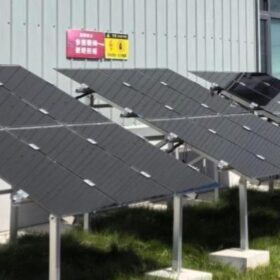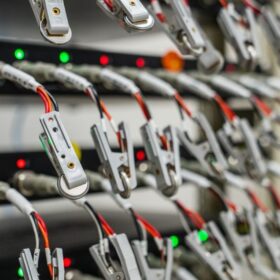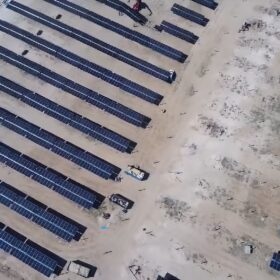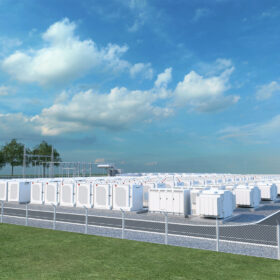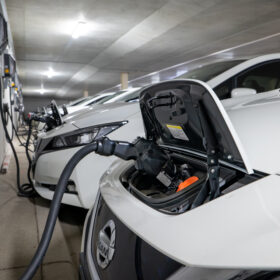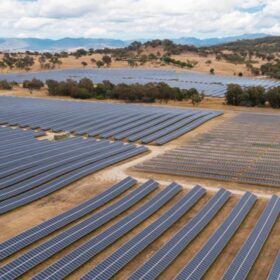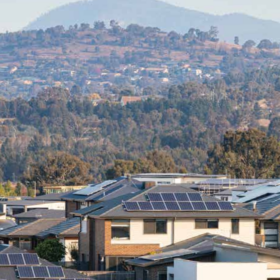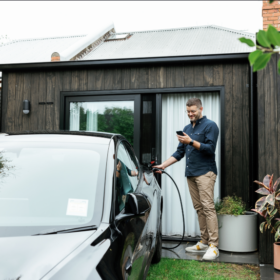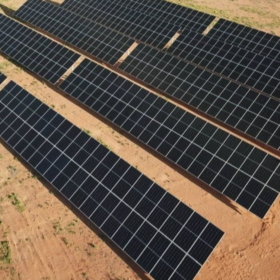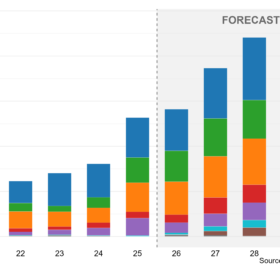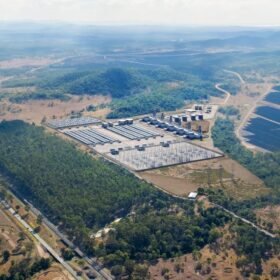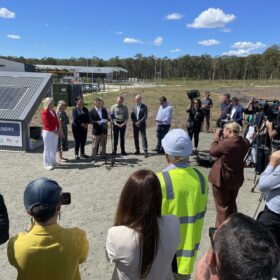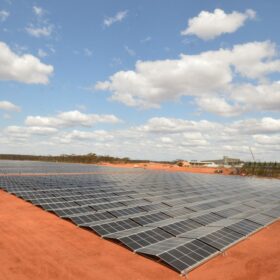Researchers build all-perovskite tandem solar cell with 28.2% efficiency
Researchers at the Australian National University are part of the international team that has built an all-perovskite tandem solar cell based on a wide-bandgap top perovskite cell with a 20.5% efficiency. The 1 cm2 scale tandem device achieved the highest efficiency yet reported for all-perovskite solar cells of this size.
235 kW solar array powering new Australian War Memorial development
New South Wales-headquartered commercial solar company Symmetry Solar has completed the installation of a 235 kW system at Canberra’s Australian War Memorial as part of the facility’s $550 million upgrade.
AnteoTech secures first order for silicon battery anode tech
AnteoTech has secured the first commercial order for its silicon-dominant anode technology that is to be incorporated into next-generation batteries being developed by a European electric vehicle manufacturer.
IPC provides green light for NSW solar and storage project
Spanish-Japanese renewable energy company Univergy Solar and Australian partner New Energy Development have secured New South Wales government approval to build a 100 MW solar farm and 45 MW / 90 MWh battery energy storage system in the Yass Valley.
Push for vehicle-to-grid capabilities to accelerate in Canberra
Acceleration of vehicle-to-grid capabilities where electric vehicles become mobile power banks is one of a host of strategies set to receive federal supports under a Renewable Energy Transformation Agreement signed between the Australian and Capital Territory governments.
Macquarie’s Eku gets green light for 500 MWh Canberra big battery
The way has been cleared for construction to begin on a 250 MW / 500 MWh battery energy storage system that will help “future proof” the Australian Capital Territory’s energy supply by reducing the load on Canberra’s electricity network and increasing network reliability.
Electric vehicles can be a line of defence in outage emergencies, research finds
In a world first, researchers at the Australian National University, Canberra, got the grid emergency they needed in February 2024, to provide clear evidence electric vehicles using vehicle-to-grid (V2G) systems can bolster the grid in a blackout.
Australian Capital Territory commits to 100% renewables, rejects nuclear
The Australian Capital Territory legislative assembly has passed a motion expressing a commitment to power Australia with 100% renewable energy as soon as possible, and ensure the ACT remains free of nuclear power and nuclear waste.
ACT kicks off 20-year plan toward 100% electrification
The Australian Capital Territory’s first of three Integrated Energy Plans paves the way to an all-electric, zero emissions future, starting with a focus on a just transition for all residents.
Batteries on wheels trial gets $3.2 million boost
Over the next three years energy retailer and tech company Amber Electric will trial a software solution for electric vehicle smart charging and bi-directional vehicle-to-grid services to enable consumers using their cars can buy and sell energy to the grid.
